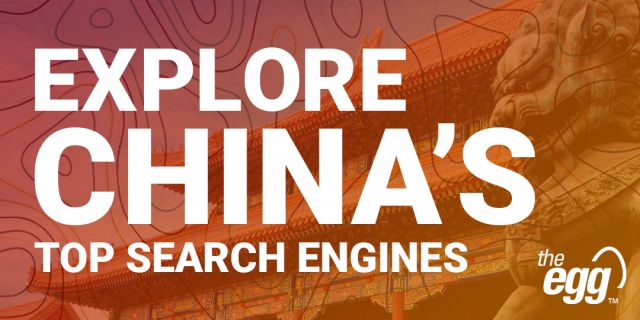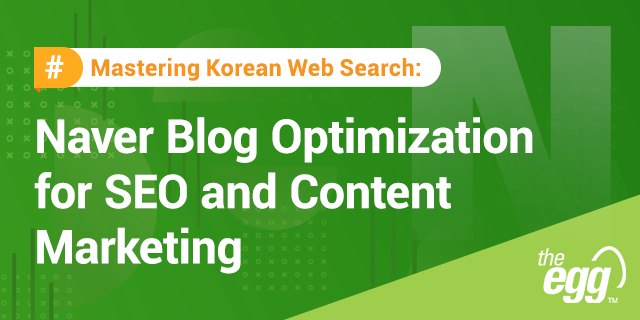Since Feb. 2020, Google has updated a host of COVID-19-specific features, such as the temporary closure notice on GMB, COVID-19-related structured data, and more.
The reason behind these updates is to identify and anticipate changes in user search intent during and beyond COVID-19.
Back in 2019, Google’s update on the BERT algorithm helped the search engine get a better understanding of search queries. Through natural language processing, it helped Google decipher more precisely what kind of information users are looking for by the relationships between phrases that appear in queries.
Instead of just matching keywords to web content, Google is improving to show a more relevant SERP based on understanding true search intent, which has changed significantly in today’s new normal.
Here, discover how to optimize and reoptimize for drastically altered search intent as the world gets back to business.
What is search intent?
Search intent refers to the user’s primary purpose when typing queries into the search bar.
Search intent can be divided into 5 main categories:
- Informational search intent
- Commercial search intent
- Navigational search intent
- Transactional search intent
- Local search intent
While the search query could be multi-purpose, we can also tell a user’s search intent by the inference of some specific phrases used in a query (e.g., best, top, how-to, where, how much, etc.). These are called intent modifiers.
To further explain, we’ve defined the 5 main categories of search intent and their common intent modifiers:
Informational Search Intent
Informational search intent is when the user is looking for an answer or a specific piece of information. An informational search query may not have specific intent modifiers, but sometimes it may include the 5W question words (who, what, where, when, why) or phrases like “tips”, “guide”, “tutorial”, etc. It often results in a mixture of different languages when the informational search intent is related to translation (e.g. digital marketing 中文)
Commercial Search Intent
Commercial search intent is when the user looks for a specific product/service and related options. Commercial search queries are usually a combination of a product/service name with the intent modifiers “best”, “reviews”, “comparisons”, “Top 10”, etc.
Transactional Search Intent
Transactional search intent is the next natural step of commercial search intent. The user has targeted items to purchase and is looking for a deal. The search queries often include the specific brand and model of a product with the intent modifiers “cheap”, “promotion”, “price” or even “free shipping”.
Navigational Search Intent
Navigational search intent is when the user already has a targeted page to visit but they may not know the exact URL. So it’s easier for the user to type in the website name or specific page they would like to visit and let the SERP bring them there. Queries would be like “The Egg blog”, “Outlook login”, etc.
Local Search Intent
Local search intent is when the user is looking for the directions or address to a physical shop or location. It can be a specific shop name with location (e.g. KFC Mongkok) or a combination of local and commercial intent (e.g. best fried chicken in Mongkok).
How has search intent changed in the new normal?
Due to COVID-19, people around to world have changed their living patterns. These changes have also affected their search intent and hence the SERP.
We found two interesting examples of how search intent has changed during COVID-19.
In Hong Kong, there is a popular supermarket, called Wellcome, for which search intent shifted for brand-related keywords. When people started self-quarantine in February, we saw a dramatic increase in search volume of the keywords “Wellcome supermarket online store” and “Wellcome supermarket online shopping”.
Starting from April, as the situation in Hong Kong became more under control, people returned to a normal pattern; however, there were early closures for some of the stores. We could see a drop in online shop-related keywords but an increase in “Wellcome supermarket operation hour”.
In Taiwan, as citizens could purchase masks at NHI-contracted pharmacies via a name-based system in February 2020, we saw a peak in February for the keyword “健保藥局” (NHI-contracted pharmacies) and “藥局 口罩” (pharmacy mask).
We also saw a similar trend in most pharmacy brands. There was a clear search intent shift during that period, as people were looking for masks when they searched a pharmacy brand name, which was not common before COVID-19.
How can we respond to COVID-19 search intent changes?
Search intent matters to SEO not only because relevance is a key ranking factor, but fulfilling user intent affects the CTR and hence the conversion rate of your website.
Let the SERP guide you
When doing search intent optimization, it is important to know what is showing on the SERP. From different SERP features, you can tell the category of search intent. SEMRush created an informative infographic summarizing SERP features by intent type.
The SERP varies according to search intent. A famous example is when Google re-introduced the recipe snippet as the search demand for it increased during quarantine.
It is good practice to keep an eye on the SERP of your focus keyword group to see if/when there are any changes. And if there are, SEO actions are required to capitalize on those changes.
Let the users guide you
For search intent optimization to be even more effective, you can also investigate the users who visit your website.
By checking your Google Search Console, you can see queries that have an increase in clicks. These are new content opportunities for your site.
Take the below GSC data of an accommodation booking platform as an example. We can see there was an increase in clicks to local places or local hotel brand keywords. The booking platform may then consider creating staycation-related content.
***
Click-through rates, bounce rates, and conversion rates are all clues that tell you if your page matches search intent. This data can be analyzed in Google Analytics and other analytic tools. A/B testing on search intent optimization can also help you evaluate which approach is most suitable to your site and in this new normal of search. Happy optimizing!











